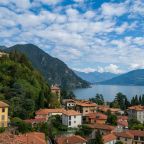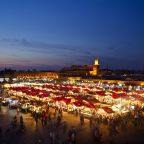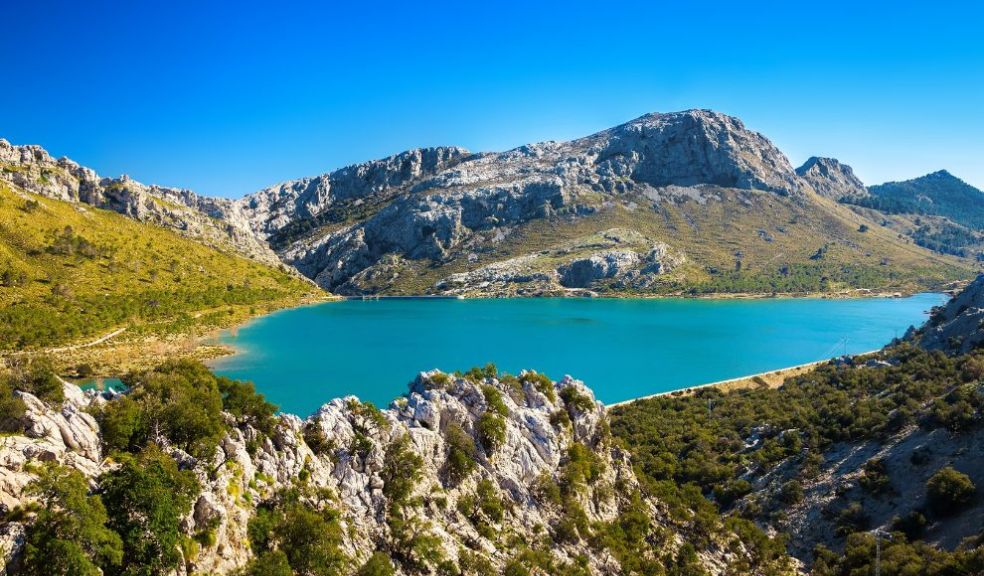
Alternative Things to do on Holiday in Mallorca: Explore the island myths and legends
Discover the history of Mallorca through the island’s myths and legends
Mallorca is a destination with a rich historical heritage that goes beyond its tangible assets. There are stories that reveal some of the best-kept secrets of unique places.
The charm of Mallorca extends far beyond what meets the eye. The traditions and tales preserved by the locals for centuries add to the enchantment of some of their most representative places. This is a clear example of the diverse cultural offerings to explore while visiting the island.
The Dragon of Na Coca
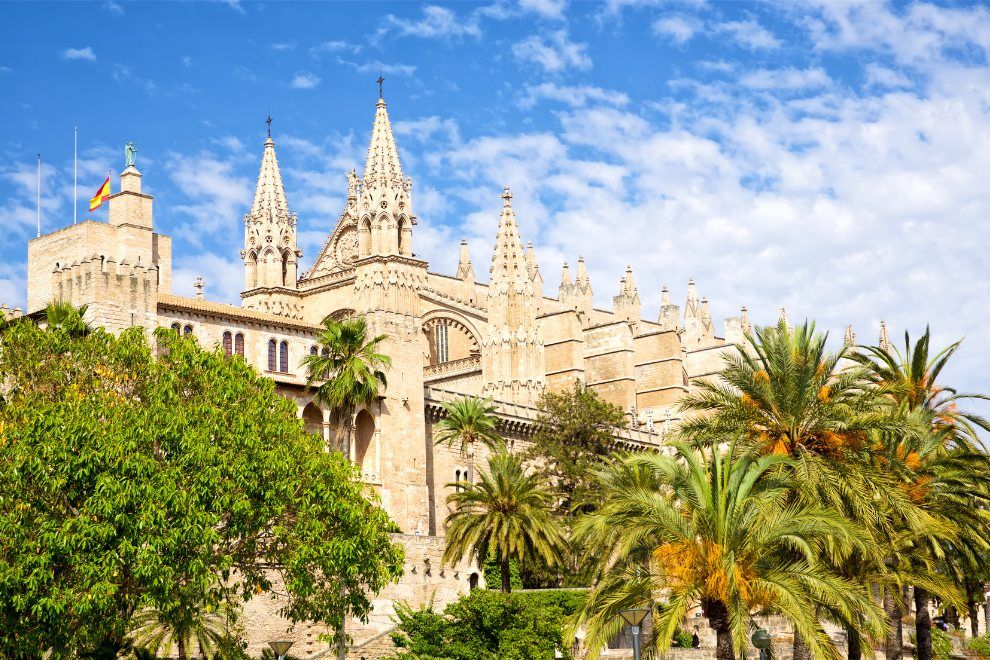
One of the best-known legends of the island is found around the Cathedral of Mallorca. In the 17th century, people in the city spoke of a dragon living in the sewers, coming out at dusk to prey on the island’s residents. One night, Captain Batomeu Coch encountered the dragon on his way home and used his sword to put an end to the life of the alleged dragon. In reality, it was a crocodile, which is now preserved and displayed in the exhibition at the Diocesan Museum of Palma.
The Secret Passage of Bellver Castle
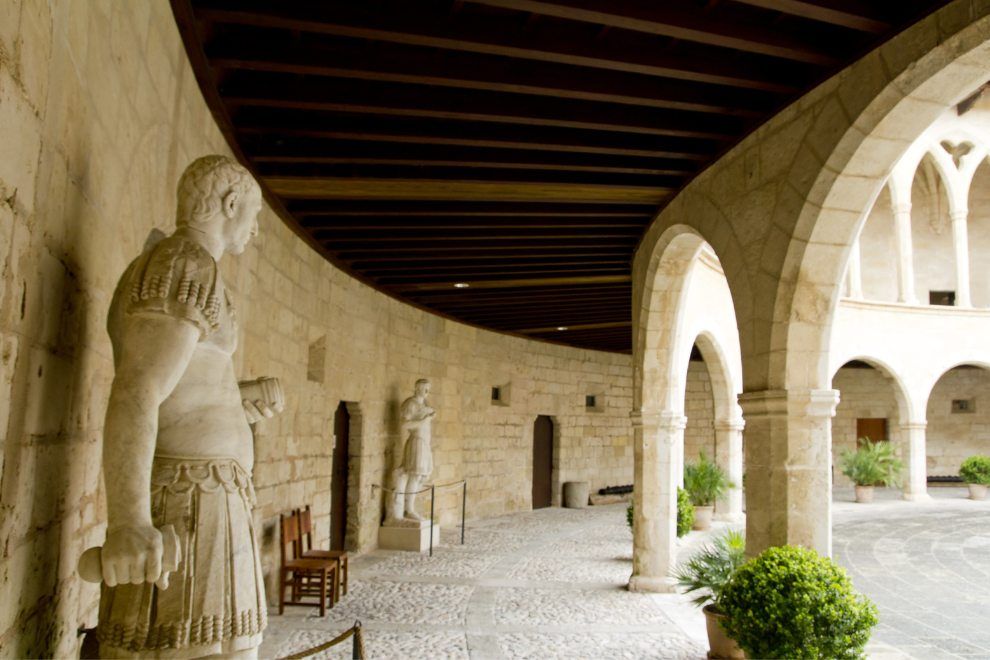
King James II of Mallorca ordered the construction of this Gothic fortress between 1300 and 1311, and it is the oldest circular castle in Europe and the only one in Spain. Standing at an elevation of 112 meters above sea level and surrounded by a three-kilometre forest, it offers spectacular views of Palma de Mallorca and its bay. It also served as a prison from 1700 to 1715, housing illustrious historical figures such as the former minister and writer Gaspar Melchor de Jovellanos. Legend has it that ghosts still haunt the castle, particularly in the area where Jovellanos was imprisoned. The castle also contains secret passages, cavernous in size, the origin and purpose of which remain unknown.
The ‘Demons’ of Mallorca
The dimonis (demons) are present in the majority of island festivals and traditions. They are theoretically malevolent characters but, in reality, display a very amusing demeanour. They are mischievous beings who delight in causing mischief and supposedly scaring people, though instead of fear, they generally evoke a sense of revelry. The origins of the Mallorcan demons can be traced back to Christian roots and personify the eternal struggle between good and evil. The elaborate costumes and creative heads with horns used to bring the dimonis to life are particularly noteworthy.
The Legend of Comte Mal
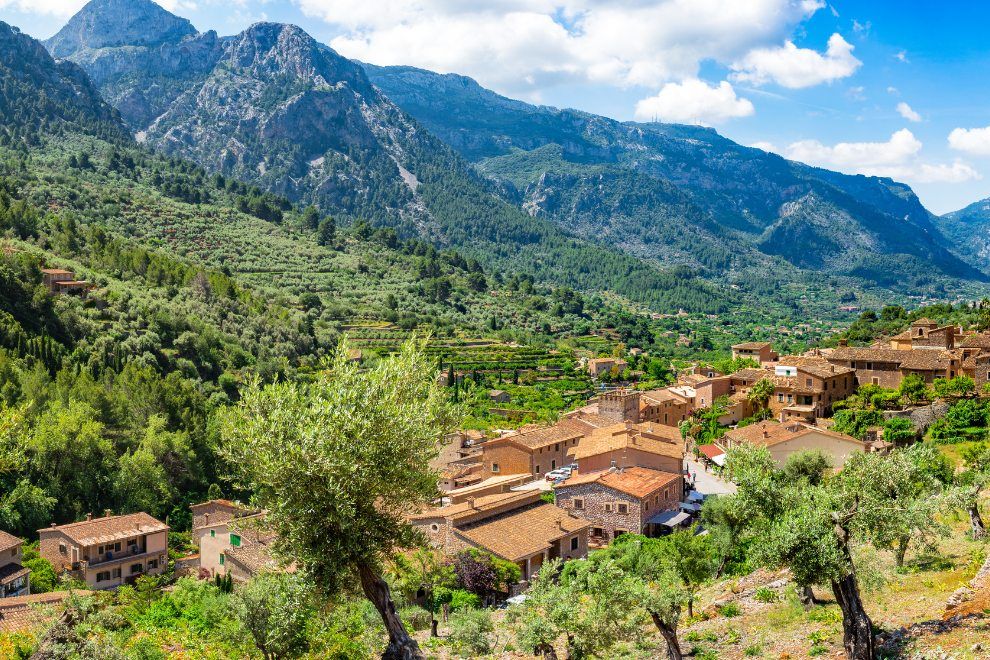
The ‘wicked’ Comte (Count) Mal became a legend through various literary works published in the 19th century that suggest he was the real historical figure, Ramón Zaforteza Pax-Fuster (1627-1694). The Count of Santa María de Formiguera was nicknamed the ‘wicked’ due to his disputes with the University and the villagers of Santa Margalida, stemming from his feudal origins. Legend has it that the tormented count still appears today, galloping on his horse, in the surroundings of Finca Galatzó, within the Sierra de Tramuntana.










